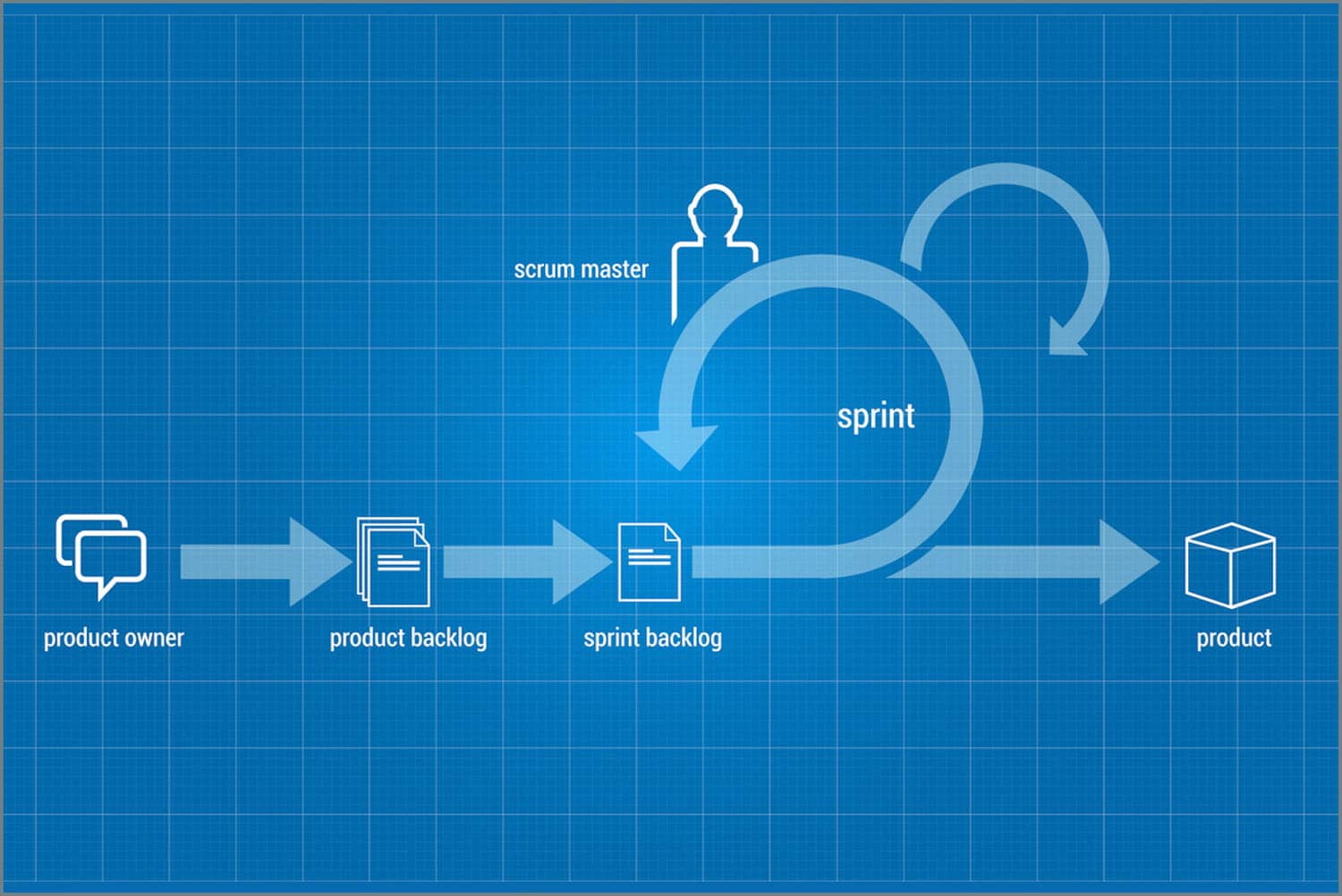The sprint is a fundamental term of the Scrum methodology, which is used for project management, particularly in the field of software development. This agile practice focuses on achieving specific goals over short periods. A sprint typically lasts from one to four weeks, allowing teams to work intensively and concentratedly on a defined set of tasks.
🔥 Nous recommandons Ideamap
Ideamap est l’outil idéal pour un brainstorming ou un projet collaboratif. Grâce son interface facile et à ses fonctions IA, Ideamap booste votre créativité tout en favorisant une meilleure organisation de vos idées pour atteindre vos objectifs.
Each sprint begins with a planning meeting, often called sprint planning. This meeting enables the team to determine the objectives to be achieved during the period. The team identifies the features to be developed, the corrections to be made, or the tasks to be carried out based on the backlog, which encompasses all the project requirements and wishes.
The product backlog is therefore a dynamic board where tasks to be completed are prioritized. Each item in the backlog is then selected to be addressed during the sprint according to priorities and the team’s capabilities. This requires close collaboration between team members and the product owner, who represents the client’s voice.
The progress of the sprint is marked by daily meetings, often called stand-ups, where each team member briefly shares the status of their tasks, the obstacles encountered, and the next steps. These meetings are crucial for maintaining communication and alignment within the team.
At the end of each sprint, a retrospective meeting is held. During this session, the team reflects on what worked well, what could be improved, and the lessons learned from the iteration. This phase is essential for the continuous improvement process, enabling the team to make adjustments for future sprints.
An important aspect of the sprint is the notion of velocity. This term refers to the amount of work completed by the team during a sprint, usually measured in effort points or number of completed backlog items. Velocity helps teams estimate their work capacity for upcoming sprints and refine their planning.
Sprints also allow for the delivery of functional and potentially shippable iterations of the product. At the end of each sprint, the team presents a demonstration of the work completed to the stakeholders. This ensures prompt feedback and allows for course adjustments if necessary, which is one of the major advantages of the agile method.
Furthermore, the objectives of each sprint must not only be clear but also achievable. This means that the team must ensure that the selected tasks are feasible within the given time while maintaining a high quality of work.
To deepen your knowledge of planning management and the models adopted in the agile methodology, you can visit the following links: planning management, gestión de planificación, Planungsmanagement, gestione della pianificazione, and planning management.














